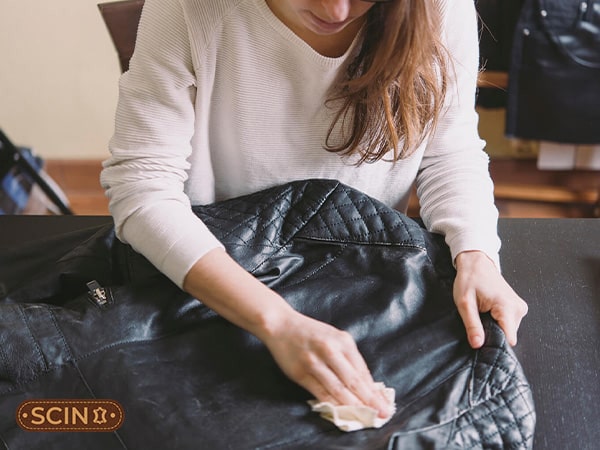Have you ever experienced a gut wrenching feeling when you spot a crack in your favorite real leather jacket? Don’t worry this is nothing out of the blue; you just need to learn how to repair cracked leather and we’ve got your back! Cracked leather doesn’t always mean that it’s the end of the road for your beloved item. With a little bit of know-how and a handful of tools, you can easily repair cracked leather and give your leather goods a new life. So, let’s walk you through the steps to repair cracked leather on your own like a pro!
Understanding Cracked Leather
Before we learn how to repair cracked leather, let’s first take a look at why leather cracks in the first place. Cracking of leather takes place when the natural oils and moisture in your beloved leather evaporates over time; leaving it dry and brittle. This happens due to heavy exposure of your leather item to sunlight, heat, and harsh chemicals. However, fret not! With proper care and maintenance, you can easily prevent your leather item from cracking as well as even repair existing damage.
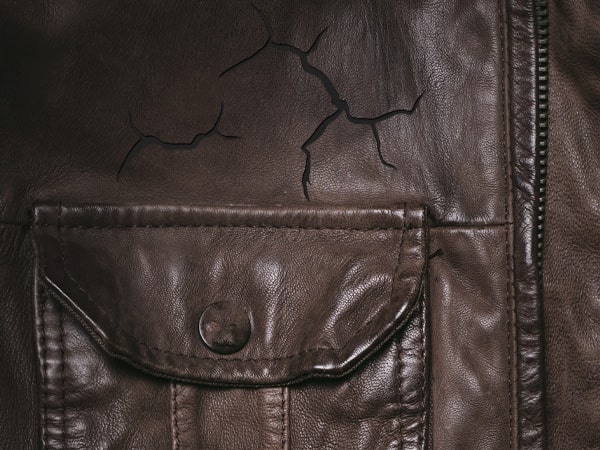
Step-by-Step Repair Guide
Clean the Leather
To learn how to repair cracked leather, we will start by gently cleaning the crack with a soft cloth or sponge and leather cleaner. Doing so will remove any dirt, grime, or old conditioner that may be hiding in the cracks. However, make sure to allow the leather to dry completely before moving on to the next step.
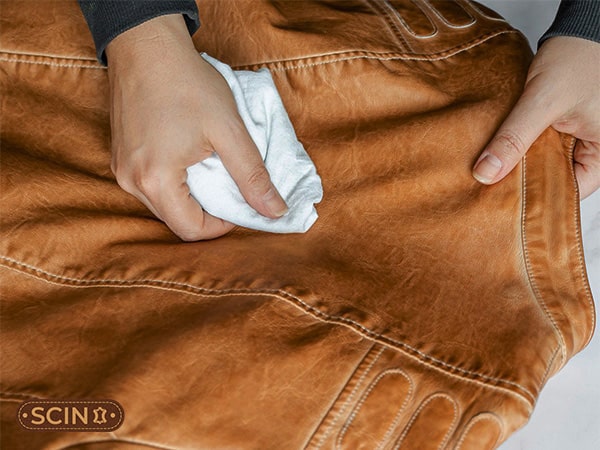
Sand the Cracks
Once the leather is clean and dry, use fine-grit sandpaper or even an emery cloth to gently sand the cracked area and smooth out any rough edges. Moreover, be careful to not sand too aggressively, or else you will end up further damaging the leather surface.
Apply Leather Filler
Now is the time to fill in those cracks! You may use a leather filler to do this. Carefully apply a thin layer to the cracked area and make sure to spread it evenly into the cracks for a perfect finish. Allow the filler to dry completely and then move onto the next step.
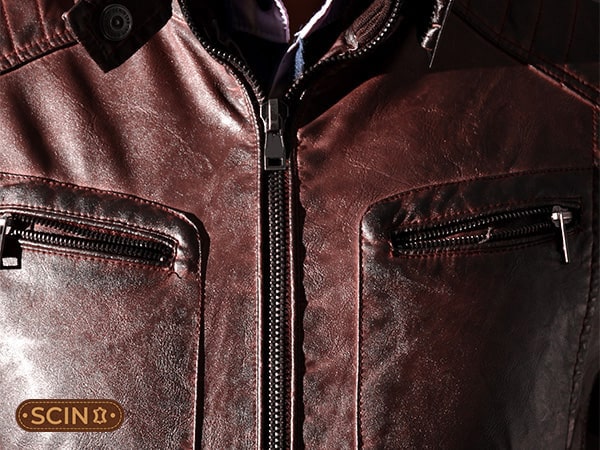
Sand Again (If Necessary)
Depending on the type of filler you used, you may need to sand the leather surface again to smooth out any bumps due to the filler.
Condition the Leather
Once the filler is dry and the surface is smooth, apply a generous amount of leather conditioner to the repaired area. This will restore moisture in the leather, preventing it from future cracks.
Dye and Seal (If needed)
If the repaired area is lighter or darker in shade than the rest of the leather, then you may use a leather dye to color-match it to the rest of the leather. After dyeing, apply a leather sealant to protect the repaired area from further damage while enhancing its durability.
Enjoy Your Revived Leather
Voila! Your cracked leather is now repaired and ready to be rocked once again. Whether it’s your favorite real leather jacket, bag, or pair of shoes, you can strut out with confidence knowing that you’ve mastered the art of leather repair.
How to repair scratched leather?
Sometimes, scratched leather can be confused with cracked leather, making the surface of your leather look unappealing. Hence, the only solution is to repair the scratched leather and here’s how you can do it:
1. Clean the Leather: As always, start by gently cleaning the scratched area with leather cleaner and a soft cloth to remove any dirt from the surface.
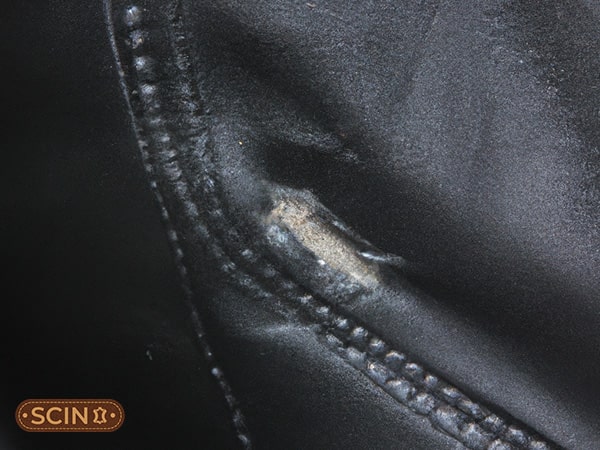
2. Assess the Damage: Take a close look at the scratches to determine if they are minor or major depending on their depth.
3. Apply Leather Conditioner: For minor scratches, apply a small amount of leather conditioner to the scratched area using a soft cloth. Rub the conditioner into the leather in a circular motion to moisturize the leather and minimize the scratches.
4. Use a Leather Repair Kit: For deeper scratches, consider using a leather repair kit instead. These kits contain a filler compound that is used to fill in the scratch and restore the surface of the leather. Moreover, it is recommended to follow the instructions on the kit for best results.
5. Allow the Leather to Dry: Once you’ve applied the conditioner, allow the leather to dry before using the item. Thus, ensuring that the repair is properly set and will last over time.
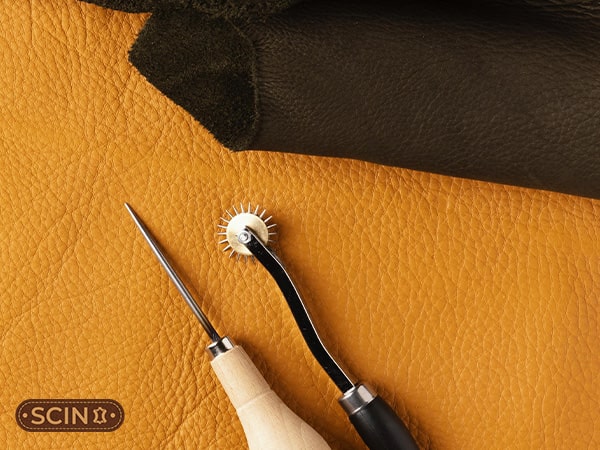
1. Handle with Care: Be mindful when handling your leather items and avoid placing them on rough surfaces that could cause scratches. Also, keep items like keys, scissors, and jewelry away from your leather goods to minimize the risk of damage on the surface.
2. Regular Cleaning: Keep your leather items clean by wiping them down regularly in order to remove dust, dirt, and surface stains.
3. Use Leather Conditioner: Regularly conditioning your leather items can help keep the material supple as well as it will prevent the leather from scratching, cracking, and fading away.
4. Regular Inspections: Inspect your leather items in every few days for signs of cracks, fading, or loose stitching. Try to address these issues early on to prevent them from worsening.
5. Avoiding Moisture: Keep leather items away from moisture and humidity as the leather can become stiff and eventually crack.
6. Store Properly: When not using, store your leather items in a cool, dry place that is far away from direct sunlight. While you may use dust bags or protective covers to prevent your leather from scratching, make sure to avoid using plastic and airtight bags. This will prevent from mold growth.
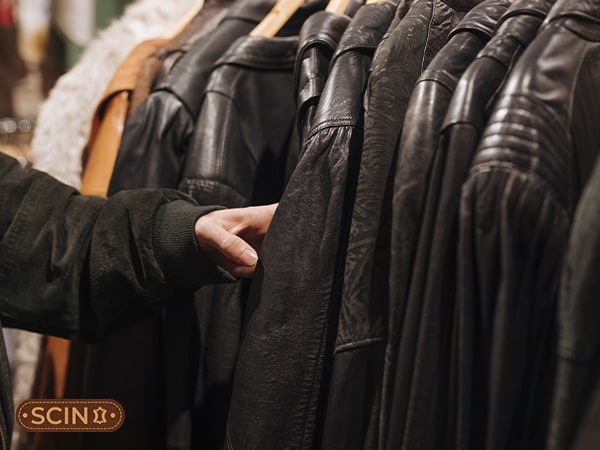
Common Mistakes to Avoid
- Using Harsh Cleaners: Avoid using harsh chemicals on the leather as they can strip away the natural oils. Thus, leading to dryness and damage. Instead only stick to products that suit your leather product.
- Over conditioning: While conditioning is important to keep leather supple, overdoing it can cause the leather to become greasy and prone to attracting dust. Follow the recommended time span on the leather conditioner for best results.
- Skipping Protection: Not using leather protectant leaves your leather items vulnerable to damage from water, stains, and UV rays. Hence, invest in a good quality protectant and apply it regularly to safeguard your leather against the natural elements.

